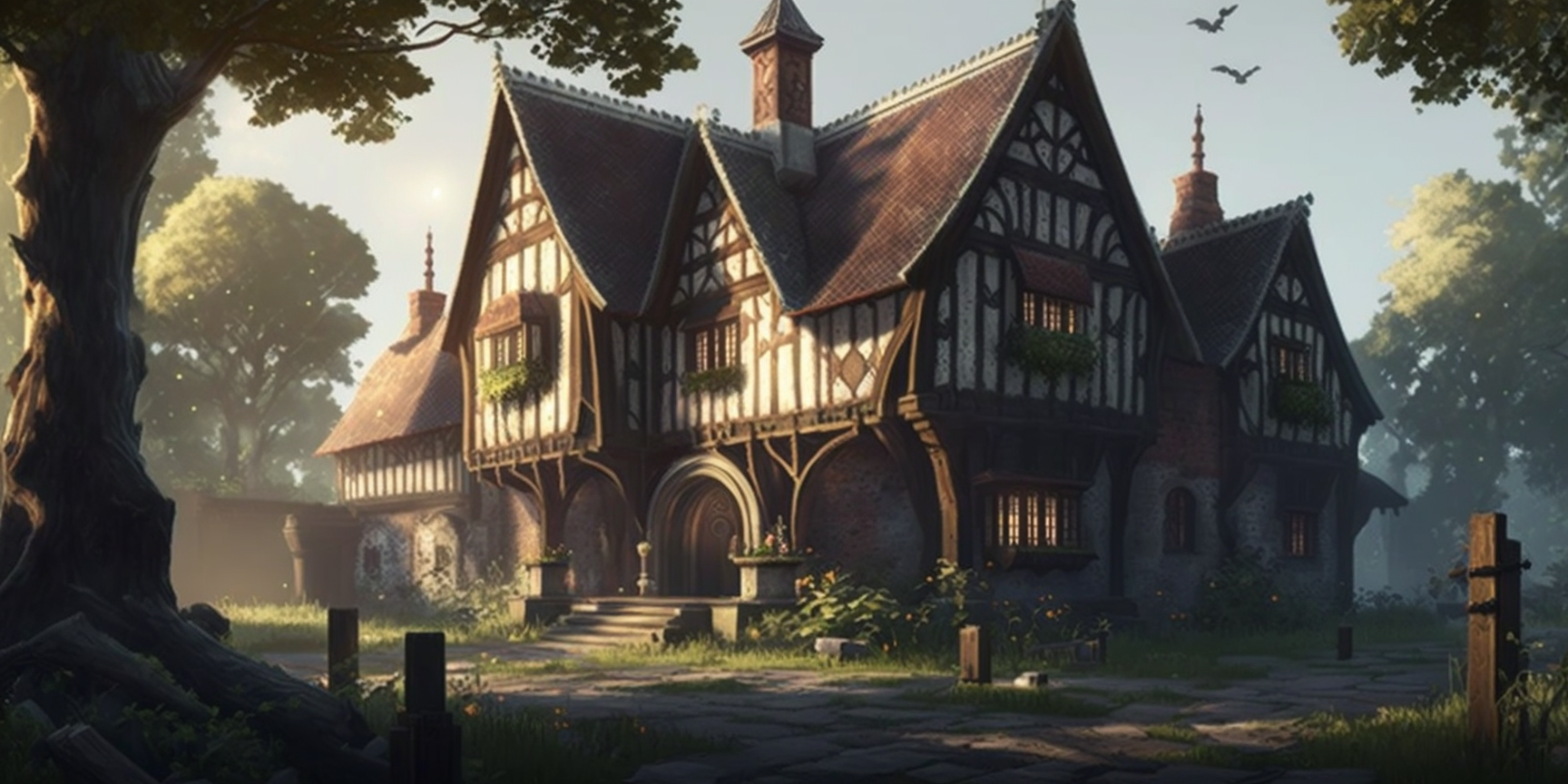Feudalism and Manorialism
What is Feudalism
Feudalism, also known as the feudal system, was the combination of the legal, economic, military, cultural and political customs that flourished in medieval Europe between the 9th and 15th centuries. Broadly defined, it was a way of structuring society around relationships that were derived from the holding of land in exchange for service or labour. Although it is derived from the Latin word feodum or feudum (fief), which was used during the Medieval period, the term feudalism and the system which it describes were not conceived of as a formal political system by the people who lived during the Middle Ages. Feudalism is a set of reciprocal legal and military obligations which existed among the warrior nobility and revolved around the three key concepts of lords, vassals, and fiefs.
What is a fief
It consisted of a form of property holding or other rights granted by an overlord to a vassal, who held it in fealty or "in fee" in return for a form of feudal allegiance, services and/or payments. The fees were often lands, land revenue or revenue-producing real property like a watermill, held in feudal land tenure: these are typically known as fiefs or fiefdoms
Land is not the only thing can be held as fief, mines, governmental office, rights of exploitation such as hunting, fishing or felling trees, monopolies in trade, money rents and tax farms were all considered fiefs.
A simple explanation is that a fief is a piece of physical or legal property that was given to a knight (or a lord) of a King as compensation for their services.
What is Manorialism
Manorialism was the method of land ownership in most of Europe (France and later England) during the Middle Ages. Its defining features included a large, sometimes fortified manor house in which the lord of the manor and his dependents lived and administered a rural estate, and a population of labourers who worked the surrounding land to support themselves and the lord. These labourers fulfilled their obligations with labour time or in-kind produce at first, and later by cash payment as commercial activity increased. Manorialism was part of the feudal system and different noble titles help one or more manors. The number of manors held changed over time but to simplify things, a Lord controls a single Manor, a Knight has a manor that controlled 1-3 Manors, a Baron contols a Barony that has several Manors, A Count has a county that controls several baronies and so forth. It is important at this point to note two important things.
Yes it was a massive pyramid scheme, all of it built on a simple system of exploitation called Serfdom



An early pyramid scheme indeed. Much of it changed historically in regions like England when the Black Death hit. Led to a shortage of labour and those with certain skills, such as farming, could start to demand changes of the nobility such as specified payments to be made to them or specific benefit in lieu of cash payments.
You are absolutely right and I think that in an untold way many of the RPG settings are actually in a post-black plague world because many of their citizens are freemen paying taxes and not serfs. Also historically you can track the age of a kingdom based on the percentage of serfs. Many serfs generally mean young kingdom and close to a recent political upheaval like a conquest .
World Anvil Founder & Chief Grease Monkey
Twitter | World Anvil Changelog
“No act of kindness, no matter how small, is ever wasted.” - Aesop
Like a conquest by murder hobo adventurers passing through, haha.